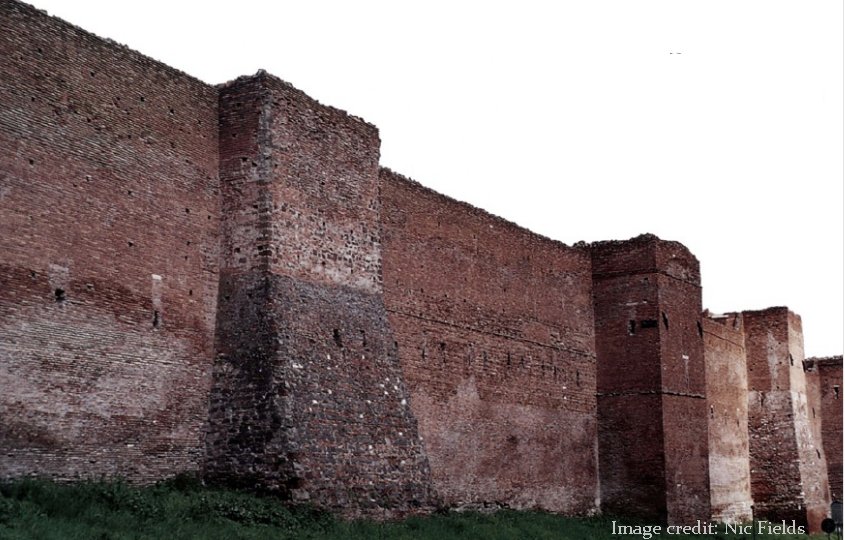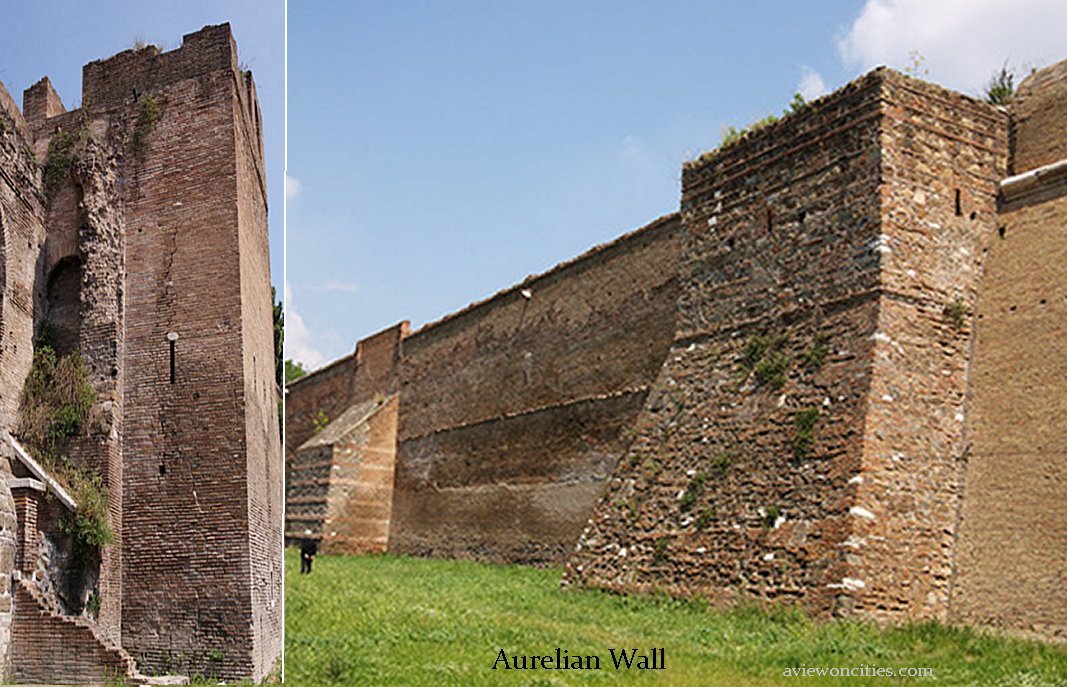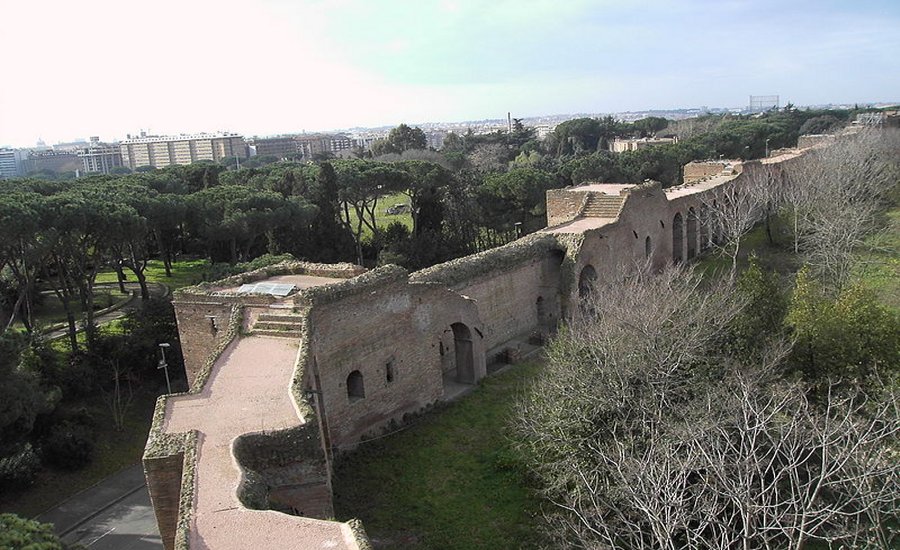Aurelian Walls Built By Emperor Aurelian Who Tried To Lead Roman Empire Out Of The Crisis
A. Sutherland - AncientPages.com - One of the most prominent Roman Emperors of the third century was Aurelian (214 AD - 275 AD).
The situation in the Roman Empire wasn’t especially favorable when Aurelian was elected to the throne. The empire was almost totally disintegrated due to invasions and internal serious conflicts.
After years of internal conflicts, he tried to lead the empire out of the crisis.
Both in the east and west, the Roman Empire was surrounded by strong states that included the best and richest lands in the empire.
In order to be able to think of any action against the neighboring countries, Aurelian must first reinforce his position in the lands he already possessed.
At the end of 270 AD, Aurelian moved his troops to northern Italy to face the Vandals and Sarmatians and driving them out of the empire's territories.
In 271 AD, he defeated the Alemanni (Germanic tribes) forcing them to retreat from Italy, and then he restored the Empire's eastern provinces after his conquest of the Palmyrene Empire. A year later, he managed to reunite the west part of his country.
When he had the situation more or less under control, it was time for his next accomplishment. He began to construct 19-km (12-miles) long defensive walls around Rome in case the old structures surrounding the city would not be able to stop another attack from the enemies (especially Germanic tribes near the borders of the Roman Empire).
This new, much stronger fortification is known today as – the Aurelian Walls.
In “The City Wall of Imperial Rome", Ian A. Richmond describes the fortification:
“The full circuit ran for 12.5 miles (19 km) and surrounded an area of some 5.3 square miles (13.7 km2). The walls were constructed in brick-faced concrete, 11.5 ft. (3.5 m) thick and 26.2 ft. (8 m) high, with a square tower on average every 100 Roman feet (97.1 ft. /29.6 m).
“In the fifth century, the wall was renovated and its height was doubled to 52 ft. (16 m); it had 383 towers, eighteen main gates, and five posterns…”
There were built 116 latrines and 2,066 large external windows.
The construction lasted only a few years between 271 AD and 275 AD), due to the use of many preexisting neighboring structures. It was not, however, completed during the reign of Aurelian.
In 275, Aurelian marched with his troops towards Asia Minor, preparing another campaign against the Sassanid Empire but he never reached Persia. On September 25, 275 AD, he was murdered at Çorlu, Turkiet while waiting in Thrace to cross into Asia Minor.
After Aurelian’s death, the structure was later systematically improved by his successor, Emperor Probus. It was significantly enlarged and repaired in the times of Maxentius (306–312) and Honorius (395–423), and the walls and gates were heightened.
See also:
Antonine Wall: Impressive Roman Frontier Built By Empire’s Three Legions In Scotland
Hadrian’s Wall: North-West Frontier Of The Roman Empire For Nearly 300 Years
What Was Legio Martia And Why Were The Roman Soldiers Called The Martians?
The wall was not intended to withstand long-lasting siege warfare. The first priority was to defend the city of Rome against a sudden assault or raid by the barbarian tribes.
Despite the efforts, the fortification failed to stop the enemy and in 410 AD, Rome was plundered by the Visigoths. During the Gothic War in the middle of the sixth century, King Totila of the Ostrogoths (541–552), decided to destroy the walls to weaken the defense of the city. As the Greek historian Procopius reported, one-third of the Aurelian structure was devastated at the time, but it was not archaeologically attested.
However, it is known that Totila and his soldiers gained access to the city by climbing the Aurelian Walls under cover of night and opening one of eighteen gates, the Asinarian Gate.
Today the Wall that experienced several sacks of the city of Rome, still stands for more than two-thirds of its twelve mile circuit. The fortification is still well-preserved, compared to other urban fortifications of the period, mainly due to their use as Rome's mainfortification until the nineteenth century.
Written by – A. Sutherland AncientPages.com Staff Writer
Copyright © AncientPages.com All rights reserved. This material may not be published, broadcast, rewritten or redistributed in whole or part without the express written permission of AncientPages.com
Expand for referencesReferences:
Richmond, T. Cumberland Jacobsen, The City Wall of Imperial Rome"
Fields N. Walls of Rome
More From Ancient Pages
-
 How Emma Of Normandy Risked Her Life To Save England
Featured Stories | Mar 20, 2021
How Emma Of Normandy Risked Her Life To Save England
Featured Stories | Mar 20, 2021 -
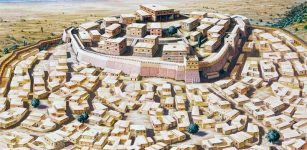 Ancient City Of Troy Was Destroyed By An Earthquake That Ended The Trojan War – Archaeologists Say
Archaeology | Jun 14, 2017
Ancient City Of Troy Was Destroyed By An Earthquake That Ended The Trojan War – Archaeologists Say
Archaeology | Jun 14, 2017 -
 Why Was The World’s Oldest Known Rune Stone At The Svingerud Grave Deliberately Broken Into Pieces?
Archaeology | Feb 3, 2025
Why Was The World’s Oldest Known Rune Stone At The Svingerud Grave Deliberately Broken Into Pieces?
Archaeology | Feb 3, 2025 -
 Secrets Of Nanomaterial From The Middle Ages Examined By Scientists
Archaeology | Oct 11, 2022
Secrets Of Nanomaterial From The Middle Ages Examined By Scientists
Archaeology | Oct 11, 2022 -
 Ancient Mystery Of The Man Mound And The Giant With Horns In Wisconsin
Featured Stories | Mar 1, 2021
Ancient Mystery Of The Man Mound And The Giant With Horns In Wisconsin
Featured Stories | Mar 1, 2021 -
 Blood Of St. Januarius – One Of The Most Remarkable Christian Relics
Artifacts | Jun 27, 2017
Blood Of St. Januarius – One Of The Most Remarkable Christian Relics
Artifacts | Jun 27, 2017 -
 A Rare Pre-Roman Tomb Unearthed In Pompeii
News | Sep 22, 2015
A Rare Pre-Roman Tomb Unearthed In Pompeii
News | Sep 22, 2015 -
 Ancient DNA Reveals Unknown Genetic Exchanges Between North And South America
Archaeology | Nov 12, 2018
Ancient DNA Reveals Unknown Genetic Exchanges Between North And South America
Archaeology | Nov 12, 2018 -
 Madagascar Hippos Were Forest Dwellers – New Study
Fossils | Jul 8, 2023
Madagascar Hippos Were Forest Dwellers – New Study
Fossils | Jul 8, 2023 -
 Ancient Sahul: Its Submerged Landscapes Reveal A Mosaic Of Human Habitation
Archaeology | Dec 26, 2023
Ancient Sahul: Its Submerged Landscapes Reveal A Mosaic Of Human Habitation
Archaeology | Dec 26, 2023 -
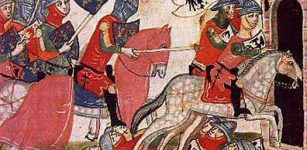 On This Day In History: The Battle Of Benevento Was Fought – On February 26, 1266
News | Feb 26, 2017
On This Day In History: The Battle Of Benevento Was Fought – On February 26, 1266
News | Feb 26, 2017 -
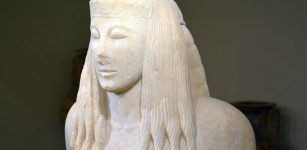 ‘Supernatural’ Sized Daughter Of Thera: Rare Masterpiece Of Greek Antiquity Revealed To The Public
Artifacts | Oct 1, 2022
‘Supernatural’ Sized Daughter Of Thera: Rare Masterpiece Of Greek Antiquity Revealed To The Public
Artifacts | Oct 1, 2022 -
 Ancient Petroglyphs Of Cholpon-Ata And Mysterious Balbals Figures That Guard Grave Sites, Kyrgyzstan
Featured Stories | Aug 24, 2015
Ancient Petroglyphs Of Cholpon-Ata And Mysterious Balbals Figures That Guard Grave Sites, Kyrgyzstan
Featured Stories | Aug 24, 2015 -
 Taíno Indians Are Not Extinct – Ancient Tooth Reveals Indigenous Americans Still Have Living Descendants In The Caribbean
Archaeology | Feb 21, 2018
Taíno Indians Are Not Extinct – Ancient Tooth Reveals Indigenous Americans Still Have Living Descendants In The Caribbean
Archaeology | Feb 21, 2018 -
 Loss Of Rainforests, Grasslands In Southeast Asia Caused Extinction Of Megafauna And Ancient Humans
Archaeology | Oct 10, 2020
Loss Of Rainforests, Grasslands In Southeast Asia Caused Extinction Of Megafauna And Ancient Humans
Archaeology | Oct 10, 2020 -
 Mysterious Watson Brake: Old Mound Complex In North America With Earthworks Raised For Unknown Purpose
Featured Stories | Feb 21, 2018
Mysterious Watson Brake: Old Mound Complex In North America With Earthworks Raised For Unknown Purpose
Featured Stories | Feb 21, 2018 -
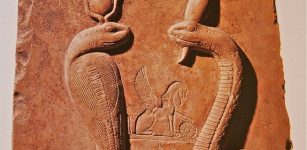 The Mystery Of Serpent Worship
Featured Stories | Jun 25, 2019
The Mystery Of Serpent Worship
Featured Stories | Jun 25, 2019 -
 Luna Settlement: First Multi-Year European Settlement Identified In Pensacola, Florida
Archaeology | Dec 26, 2015
Luna Settlement: First Multi-Year European Settlement Identified In Pensacola, Florida
Archaeology | Dec 26, 2015 -
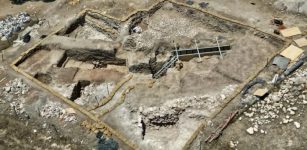 Mysterious Massive 3,800-Year-Old Structure And Passageway Found In The Jezreel Valley, Israel
Archaeology | Aug 23, 2023
Mysterious Massive 3,800-Year-Old Structure And Passageway Found In The Jezreel Valley, Israel
Archaeology | Aug 23, 2023 -
 Two Unique Antiquity-Dated Discoveries Have Been Made In The Ancient City of Agrigento, Sicily
Archaeology | Apr 15, 2025
Two Unique Antiquity-Dated Discoveries Have Been Made In The Ancient City of Agrigento, Sicily
Archaeology | Apr 15, 2025

